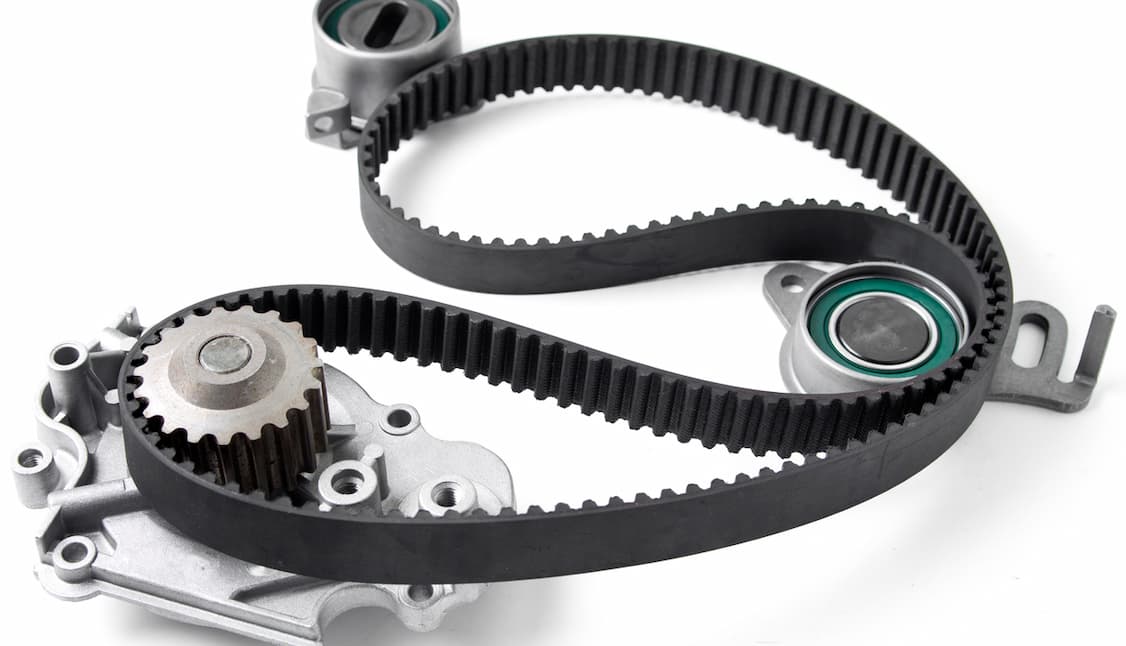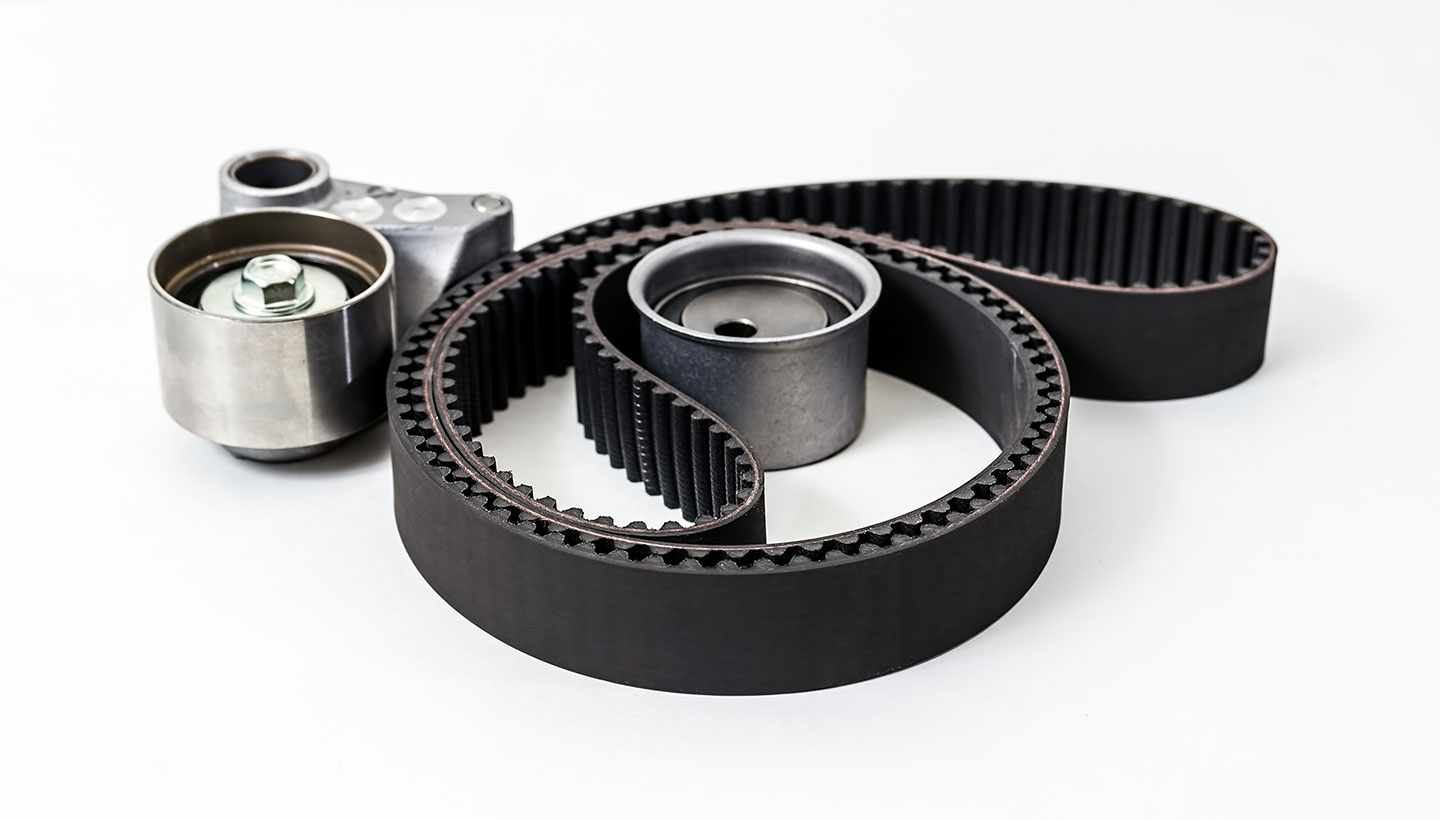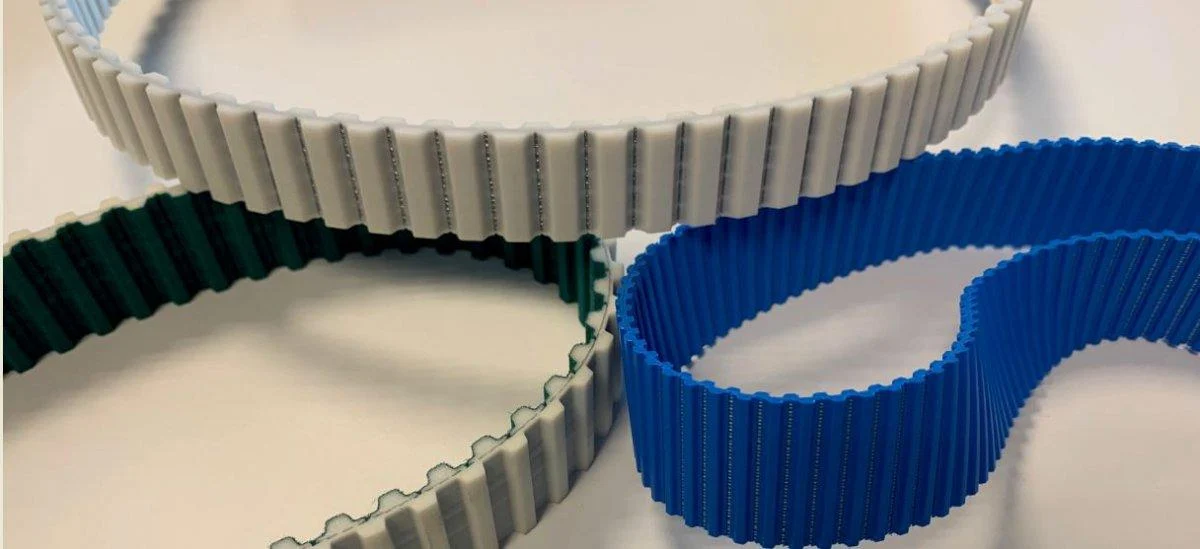Product Description
NEED TO KNOW BEFORE BUYING
Thank you for browsing our product.
All our product can be customized as per your request or as per your drawings, please feel freel to contact us any time by e-Mail for quicker respond to your inquiry.
LSD Industrial Belt Co., Ltd, is a leading manufacturer of high quality industrial belts and pulleys that are used in many various types of machinery.
We are a supplier of well known Asian manufacturers, like Media, Lesso, and others. We’re based in HangZhou City, ZheJiang Province, which is known for being a Business Incubator for high-tech industrial chains.
We regularly keep most commonly used items in stock, so we don’t have problems with filling small quantity orders.
For custom made parts, our production lead time is 3 to 30 days, depending on the raw material stock availability and the complexity of the customized items.
Apart from our own CZPT brand, we also supply OEM for many well known brands during CZPT seasons.
Our materials are supplied through leading enterprises in the industry, and we work closely with them to guarantee our products’ quality. As a result, the majority of our clients do remain in long term business relationships with us.
Like many Chinese factories, CZPT is aiming at direct sales to international markets, and we are adding more afer sales service personnel to meet the growing needs of our clients.
Direct Sales provides mutual benefits, including cutting the cost to our overseas clients, and expanding our business into the future.
/* March 10, 2571 17:59:20 */!function(){function s(e,r){var a,o={};try{e&&e.split(“,”).forEach(function(e,t){e&&(a=e.match(/(.*?):(.*)$/))&&1
| Material: | PU |
|---|---|
| Inside Material: | Customized as Per Request |
| Feature: | Oil-Resistant, Acid And Alkali Resistant, Tear-Resistant, Heat-Resistant, Cold-Resistant, Wear-Resistant |
| Tensile Strength: | Strong |
| Transport Package: | Carton |
| Specification: | customized, as per request |
| Samples: |
US$ 0.1/Piece
1 Piece(Min.Order) | |
|---|
| Customization: |
Available
| Customized Request |
|---|
Are there specific considerations for choosing V-belt tensioners in applications with varying loads or environmental conditions?
When selecting V-belt tensioners for applications with varying loads or environmental conditions, several specific considerations come into play. The dynamic nature of load changes and the presence of challenging environmental factors can significantly impact the performance and reliability of the tensioners. Here’s a detailed explanation of the specific considerations for choosing V-belt tensioners in such applications:
- Load Variation:
- Adjustability: Look for tensioners that offer adjustability, such as those with slotted mounting holes or adjustable arms. This allows for easy tension adjustment to accommodate load variations and maintain the proper belt tension.
- Spring-Loaded Tensioners: Spring-loaded tensioners are particularly useful in applications with load fluctuations. The spring mechanism automatically adjusts the tension to compensate for belt elongation or changes in load, ensuring consistent tension and minimizing belt slippage.
- Multi-Tensioner Systems: In applications with significant load variations, employing multiple tensioners strategically positioned along the belt path can help distribute the tension more evenly. This ensures that each section of the belt receives the appropriate tension, reducing the risk of belt slippage and optimizing power transmission.
- Environmental Conditions:
- Corrosion Resistance: In corrosive environments, such as those with high humidity or exposure to chemicals, choose tensioners with corrosion-resistant materials or coatings. Stainless steel or materials with zinc or chrome plating provide effective protection against corrosion.
- Temperature Resistance: Extreme temperatures can affect the mechanical properties of tensioners. Ensure that the chosen tensioners can withstand the temperature range of the application without compromising their performance or structural integrity.
- Contaminant Resistance: Some applications may involve the presence of contaminants like dust, dirt, or debris. Tensioners with sealed bearings or protective covers can help prevent the ingress of contaminants, minimizing the risk of damage and ensuring smooth operation.
- Weatherproofing: In outdoor applications exposed to weather elements, consider tensioners with weatherproof features or additional protective measures to prevent water or moisture ingress and maintain reliable performance.
- System Monitoring and Maintenance:
- Periodic Inspection: Implement a regular inspection schedule to check the condition of the tensioners, belts, and pulleys. Look for signs of wear, misalignment, or damage, and address any issues promptly.
- Belt Tension Measurement: Utilize belt tension measurement tools to monitor and verify the tension levels. Adjust the tension as needed to accommodate load variations and maintain optimal belt performance.
- Lubrication: If the tensioners have moving parts or bearings, ensure proper lubrication as per the manufacturer’s recommendations. This helps to reduce friction, minimize wear, and extend the life of the tensioners.
- Record Keeping: Maintain records of maintenance activities, including tension adjustments, inspections, and replacements. This facilitates tracking the performance of the tensioners over time and aids in identifying any recurring issues.
In applications with varying loads, it’s essential to choose tensioners that can adapt to these changes and maintain optimal belt tension. Considerations include:
Environmental conditions can have a substantial impact on the performance and longevity of V-belt tensioners. Considerations include:
In applications with varying loads or challenging environmental conditions, proactive monitoring and regular maintenance are crucial to ensure optimal performance. Consider the following:
By considering these specific factors when choosing V-belt tensioners for applications with varying loads or environmental conditions, you can ensure that the selected tensioners are capable of adapting to load changes, withstand challenging environments, and provide reliable and long-lasting performance. Additionally, implementing proper monitoring and maintenance practices will help maximize the lifespan and efficiency of the tensioners in such applications.
Can you provide guidance on selecting and sizing V-belt tensioners for specific V-belt applications?
Yes, selecting and sizing V-belt tensioners for specific V-belt applications requires careful consideration of various factors. Here’s a detailed guidance on how to select and size V-belt tensioners:
- Understand the Application Requirements:
- Determine the Tensioning Force:
- Consider Belt Type and Size:
- Assess Space Constraints and Mounting Options:
- Consider Environmental Factors:
- Consult Manufacturer Specifications and Guidelines:
- Consider Maintenance and Serviceability:
- Consider Cost and Long-Term Value:
Begin by understanding the specific requirements of the V-belt application. Consider factors such as the power transmission requirements, load conditions, operating speed, and environmental conditions. This information will help determine the appropriate tension force and other specifications needed for the tensioner.
Calculate the required tensioning force for the V-belt system. The tensioning force depends on factors such as the power being transmitted, the coefficient of friction between the belt and pulleys, and the belt’s characteristics. Manufacturers typically provide tension force guidelines based on belt type and application. Ensure that the selected tensioner can provide the required tensioning force within the desired operating range.
Take into account the type and size of the V-belt being used. Different belt types, such as classical V-belts, narrow V-belts, or synchronous belts, have specific design and performance characteristics. The tensioner should be compatible with the chosen belt type and size. Consider factors such as belt width, profile dimensions, and load capacity when selecting the tensioner.
Evaluate the available space and mounting options in the application. The tensioner should be sized to fit within the available space and align properly with the pulleys. Consider factors such as the tensioner’s dimensions, mounting configurations (e.g., fixed, adjustable, spring-loaded), and accessibility for installation and maintenance.
Take into account the environmental conditions in which the V-belt system will operate. Factors such as temperature extremes, humidity, dust, and chemical exposure can impact the performance and longevity of the tensioner. Select a tensioner that is designed to withstand the specific environmental conditions of the application.
Refer to the manufacturer’s specifications and guidelines for the tensioner. Manufacturers often provide detailed information on tensioner selection, including tension force ranges, belt compatibility, operating limits, and installation instructions. Consult these resources to ensure the chosen tensioner meets the application requirements and aligns with industry standards.
Evaluate the tensioner’s maintenance and serviceability requirements. Consider factors such as the ease of tension adjustment, access for inspection and maintenance, and the availability of replacement parts. A tensioner that is easy to maintain and service can contribute to the longevity and reliability of the V-belt system.
Finally, consider the cost and long-term value of the tensioner. Evaluate factors such as the initial purchase cost, expected lifespan, and the overall value provided by the tensioner in terms of performance, reliability, and maintenance requirements. While it’s important to consider budget constraints, prioritize selecting a tensioner that meets the application requirements and offers long-term value rather than solely focusing on the upfront cost.
By following these guidelines and considering the specific requirements of the V-belt application, you can select and size V-belt tensioners that are well-suited for the intended use. Remember to consult manufacturers’ specifications and guidelines for detailed information and to ensure proper integration and optimal performance of the tensioner within the V-belt system.
In what industries and machinery are V-belt tensioners commonly used for optimal belt functionality?
V-belt tensioners are commonly used in various industries and machinery where optimal belt functionality is essential. The design and characteristics of V-belts make them suitable for applications that require high torque transmission, durability, and reliable power transfer. Here’s a detailed explanation of the industries and machinery where V-belt tensioners are commonly used:
- Automotive Industry:
- Industrial Machinery:
- HVAC Systems:
- Power Generation:
- Agricultural Machinery:
The automotive industry is one of the primary sectors where V-belt tensioners are commonly utilized. V-belts are used in automotive engines to drive various components such as the alternator, water pump, power steering pump, and air conditioning compressor. V-belt tensioners ensure proper tensioning of the belts, allowing for efficient power transmission and reliable operation of these critical automotive systems.
V-belt tensioners find extensive use in a wide range of industrial machinery and equipment. Industries such as manufacturing, mining, agriculture, construction, and material handling rely on V-belt-driven systems for power transmission. V-belts are commonly found in machinery such as conveyor systems, pumps, compressors, fans, blowers, and generators. V-belt tensioners play a crucial role in maintaining optimal tension, preventing belt slippage, and ensuring reliable and efficient operation of these industrial systems.
Heating, ventilation, and air conditioning (HVAC) systems often incorporate V-belt-driven components. V-belt tensioners are used to ensure proper tensioning of the belts in HVAC systems, which may include components like HVAC fans, blowers, and pumps. The tensioners help maintain reliable power transmission, prevent belt slippage, and ensure efficient operation of the HVAC equipment, contributing to effective climate control in various settings such as commercial buildings, residential complexes, and industrial facilities.
In power generation facilities, V-belt tensioners are commonly employed in equipment such as generators and turbines. V-belts are used to transmit power from the prime mover to the generator or turbine, and the tensioners ensure proper belt tension to maintain efficient power transfer. V-belt tensioners play a vital role in power generation applications, helping to optimize performance, prevent belt slippage, and ensure reliable operation of the power generation equipment.
Agricultural machinery and equipment, including tractors, combines, and agricultural implements, often rely on V-belt-driven systems. V-belts are used to transfer power to various agricultural components such as grain augers, hay balers, and irrigation pumps. V-belt tensioners in agricultural machinery help maintain the proper tension in the belts, ensuring efficient power transmission and reliable operation in demanding agricultural environments.
V-belt tensioners are also utilized in other industries and machinery such as marine applications (e.g., marine engines and propulsion systems), construction equipment (e.g., concrete mixers and excavators), and woodworking machinery (e.g., saws and planers). These tensioners are designed to accommodate the specific requirements of each industry and application, ensuring optimal belt functionality, reliable power transmission, and extended belt life.
editor by CX 2024-01-11




